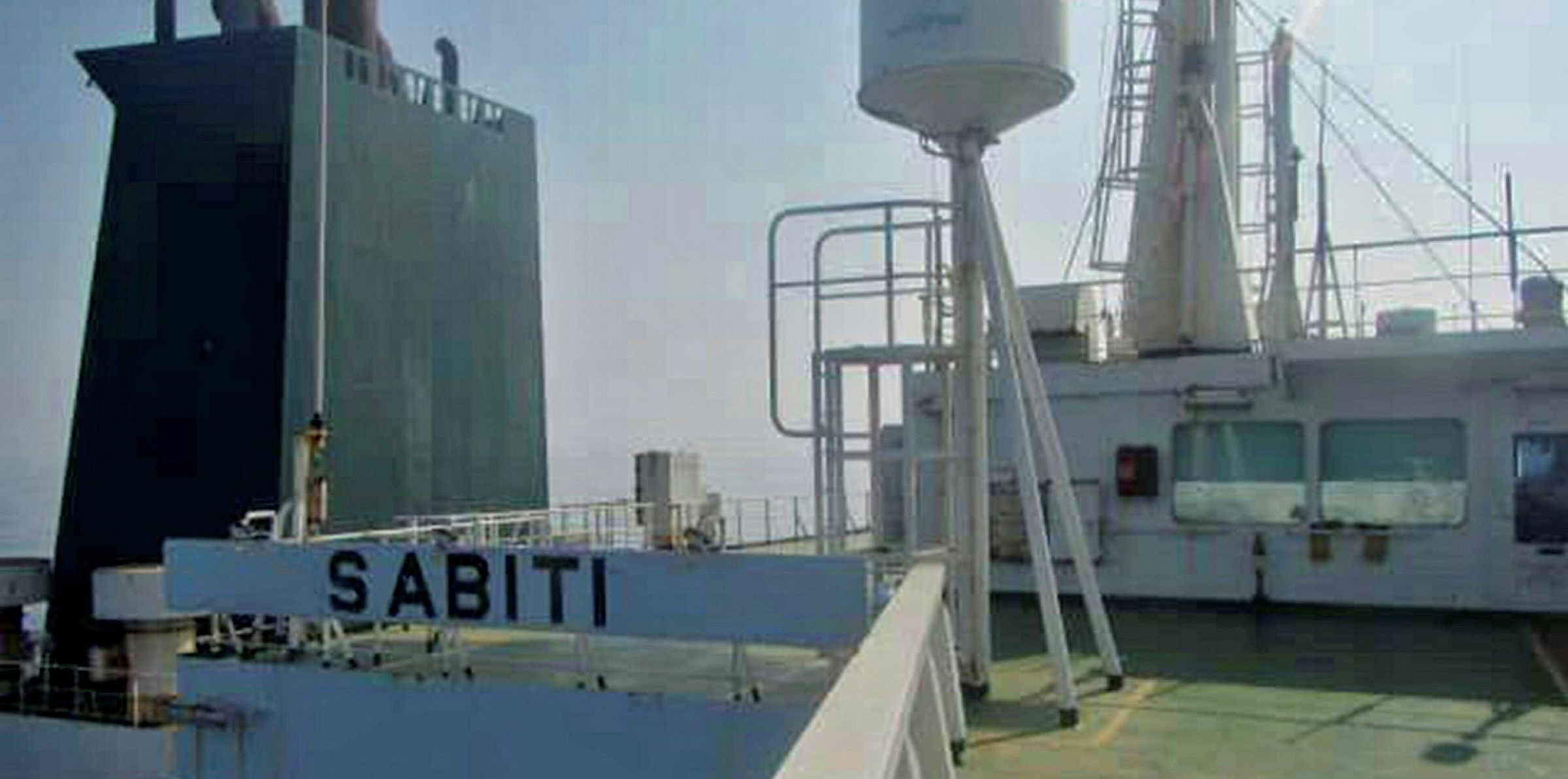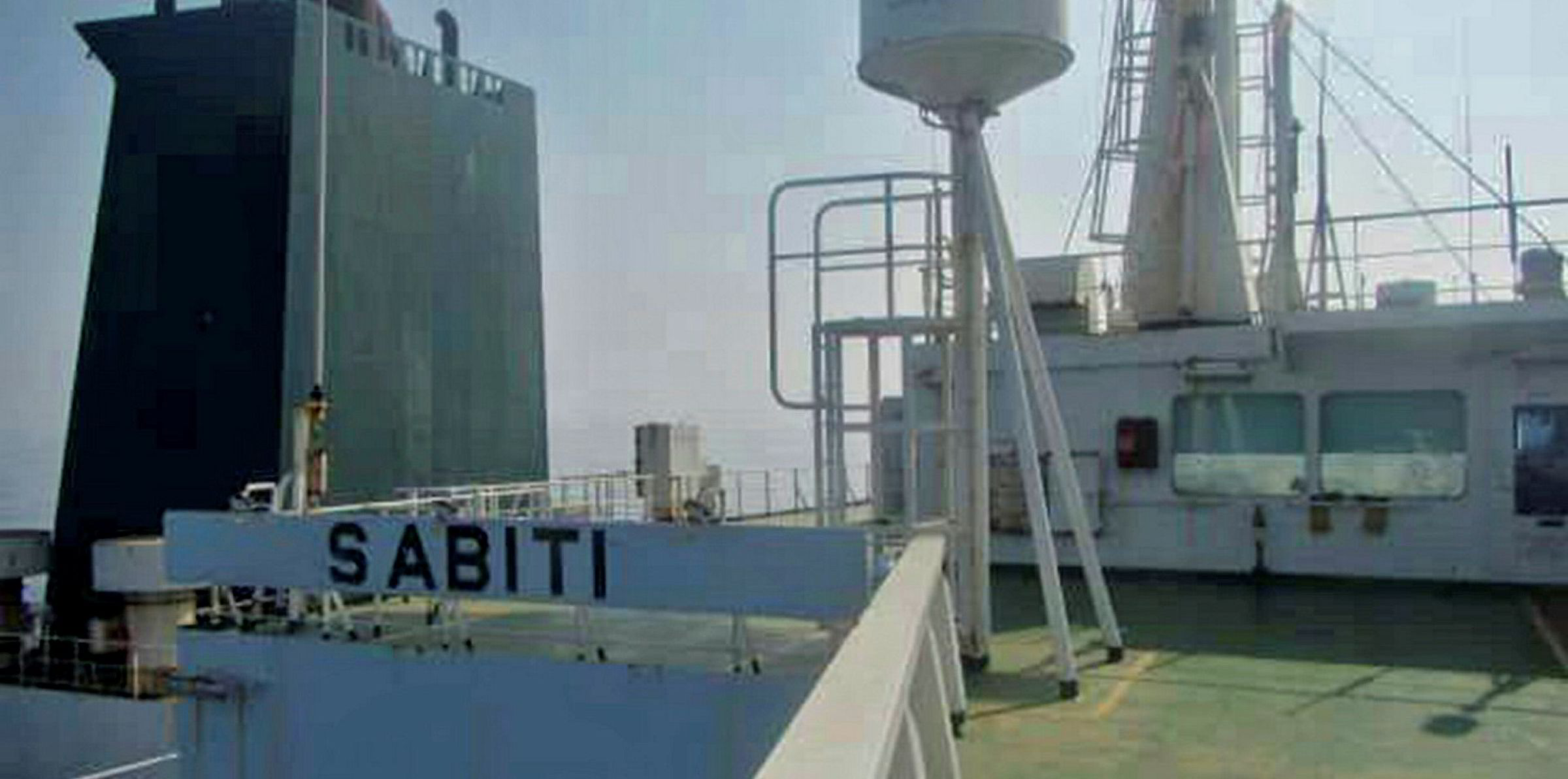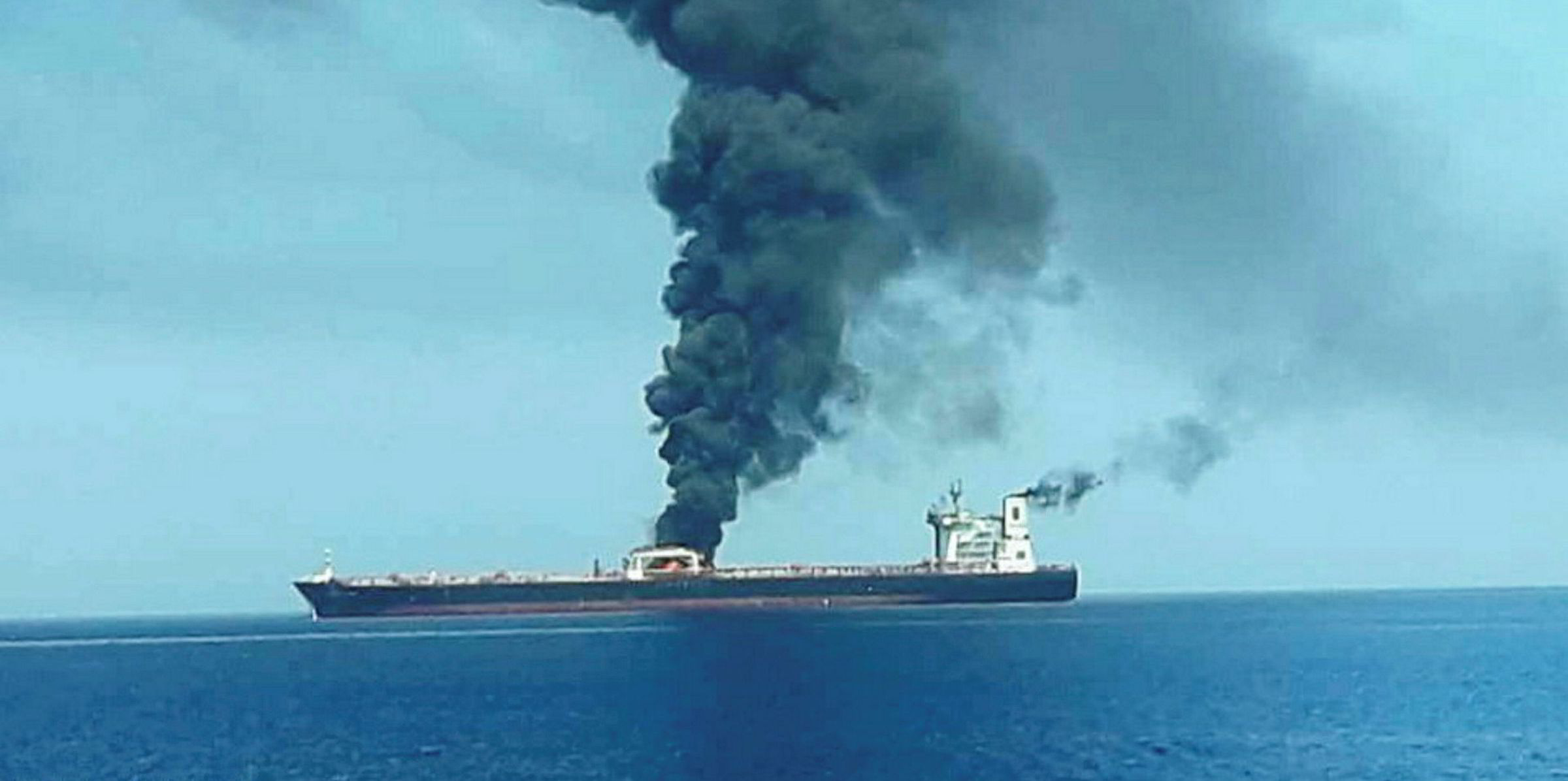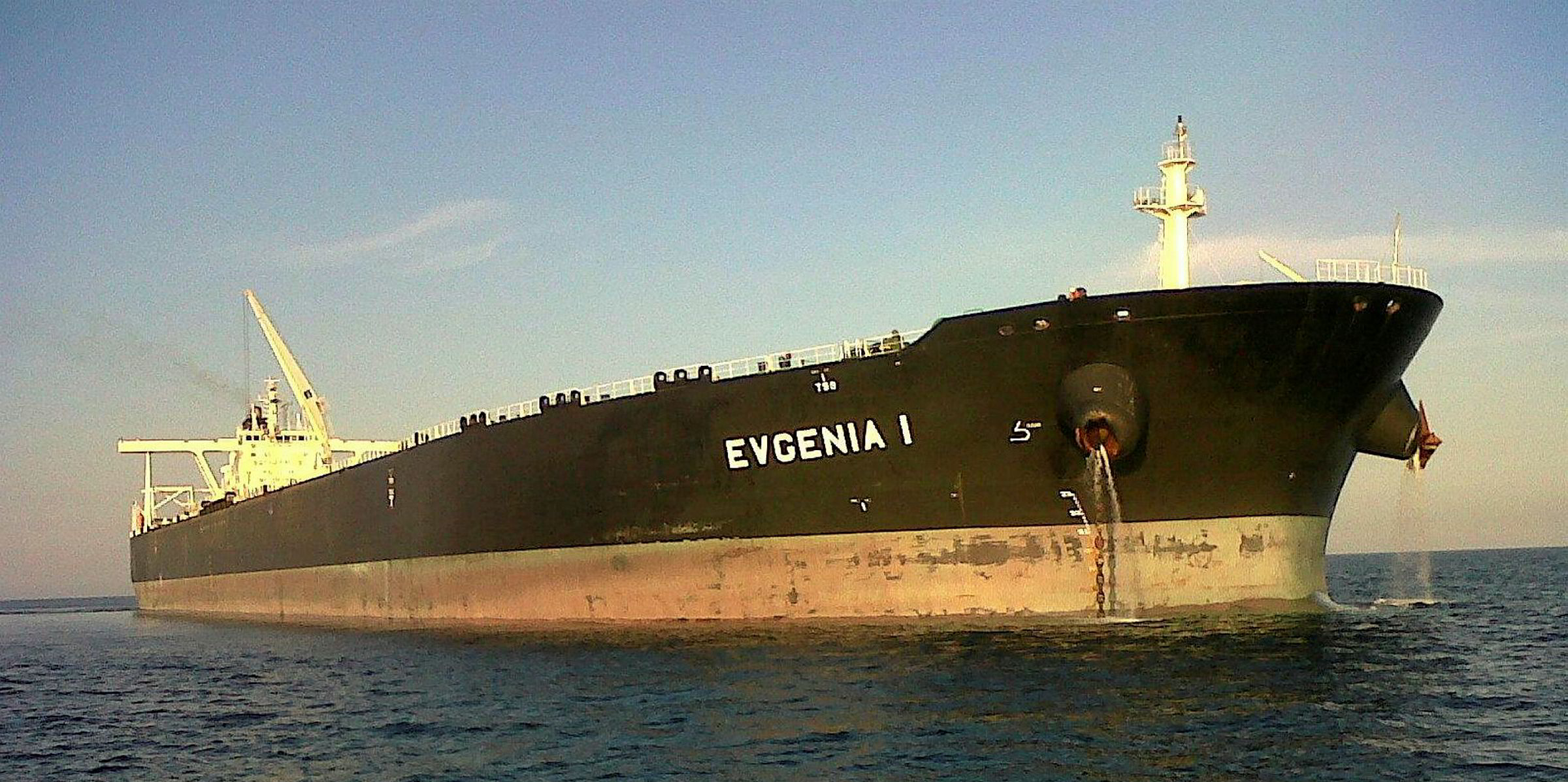Shipowners have reacted cautiously in the wake of the reported explosion onboard an Iranian tanker in the Red Sea this morning.
As VLCC rates rocketed to near all-time record record levels, shipowners said they were continuing to operate with caution as details of the latest apparent incident emerge.
Stena Bulk chief executive Erik Hanell told TradeWinds his company was monitoring the situation closely, particularly after the 71-day seizure of one of its tankers by Iranian authorities earlier this year.
"Every change in tension in the area makes us re-evaluate our security measures," he said.
"Evaluation of this incident is ongoing and we will as always in areas of security concerns take decisions ship-by-ship."
Samos Steamship Co (SSC) is taking a similar approach but is otherwise conducting business as usual, its managing director Kostis Antonopoulos told TradeWinds today.
"SSC has no intention to alter any scheduled crossings from the area unless this is so advised by the charterers, the relevant authorities or organisations," he said.
SSC has an aframax tanker close to where the NITC-owned tanker Sabibti was attacked this morning.
The 104,800-dwt Alberta (built 2010) is ballasting to Rabigh in Saudi Arabia, according to AIS data.
"The vessels under SSC management that are or are about to transit the area in the near future have been notified to maintain reinforced watches and be vigilant for any suspicious vessels or other movements at their vicinity," said Antonopoulos.
The company has not yet received any information from its insurers, he added.
Frontline chief executive Robert Hvide Macleod today said the attack is just one element of what is a complex but mostly positive picture for the tanker sector currently.
"We are in the midst of a perfect storm right now and the VLCC rates are currently around $ 280,000 per day," he told TDN Direkt.
The Frontline-owned VLCC Front Altair was among two vessels that suffered explosions in June while underway off Fujairah in the Middle East Gulf.
Risk exposure
Around 343 commercial vessels are present in the roughly 550-km-long stretch of the Red Sea in a 250-km radius from Jeddah, according to analysis by TradeWinds using Clarksons data.
Bulk carriers are the vessel type with most exposure to further attacks in the Red Sea area, with 62 vessels present in the area as of 16:00hrs in London on Friday.
Product tankers were the second most common vessel type with 56 ships in the region, followed by containerships, of which there are 45.
Only 25 crude tankers are in the area, as well as 17 specialised chemical tankers and four LNG carriers.
Owners' exposure
Perhaps unsurpisingly, the top five companies with the most vessels present in the area of interest all hail from Saudi Arabia.
National Shipping Company of Saudi Arabia (Bahri) tops the list with 13 ships, followed by tanker owner Bihar, which has 10.
London-based Zodiac Maritime is the non-Saudi owner with the most exposure to the area, with five vessels in the vicinity.
Containership owners Hapag-Lloyd, NYK Line and Maersk Line each have four vessels in the Red Sea.









